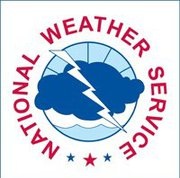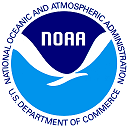Better Use of Ensembles in the Forecast Process: Scenario-Based Tools for Predictability Studies and Hazardous Weather Communication
Brian A. Colle and Edmund K.M. Chang
School of Marine and Atmospheric Sciences, Stony Brook University – SUNY
The 2011 Strategic Plan for the National Weather Service (NWS) emphasizes the goal of a “Weather-Ready Nation”, which will help the public and stakeholders better synthesize NWS forecasts in order to protect life and property. The plan emphasizes the need for more probabilistic products and their integration into various public products and services. Ensemble weather prediction is an important component of this decision-making process, but there is a general lack of tool/graphics to display ensemble data and ensemble training for those tools. Forecasters need more opportunities to interact with ensemble data other than the conventional mean, spread, and probabilistic products. The science motivation is how to effectively combine and validate information from multiple models/ensembles together to better understand the predictability of high impact weather. The practical motivation is how this information can be effectively communicated to stakeholders to render them more useful.
The utility of these ensemble forecasts are only as good as the communication of the predictions in order for users to take appropriate action. There are numerous challenges: (a) Communicating to different types of users; (b) media wanting short bursts of information (sound bites); and (c) how to communicate uncertainty information. The public needs multiple information sources and layers to take action and current decision support tools are often not probabilistic. In order to help the NWS communicate information there needs to be more training and workshops helping the forecaster distill the message and communicate in ways that users will understand.
Our project will address CSTAR objectives #1 “Improving the lead-time and accuracy of forecasts and warnings for high impact weather -- Improving the use of ensemble predictions systems in order to enable more effective forecaster assessment of uncertainty”, #2 “Improving Impact-Based Decision Support Services”, and #3 “Improving water resource information (precipitation) for decision support and situational awareness”. Our focus area will be the Eastern U.S. for high impact weather during the cool season; however, our approach can be expanded to other parts of the country and phenomena. The primary goals are: (1) To extend our newly developed fuzzy clustering approach to high impact weather events including precipitation, freezing level, and 10-m wind for days 1-7 using the short-range and global ensembles; (2) Expand our new spread-anomaly ensemble tool; (3) Use these tools to verify these phenomena in the ensembles and understand the large-scale flows attached to the less predictable events; and (4) Integrate the Alan Alda Center for Communicating Science (www.aldacenter.org) into our CSTAR to help forecasters better communicate probabilistic information through a series of three workshops, some of which involving stakeholders. Partners include several NWS offices and operational centers at National Centers for Environmental Prediction (the Weather Prediction Center, Environmental Prediction Center, and Ocean Prediction Center), as well as the Social Science group within the NWS.



